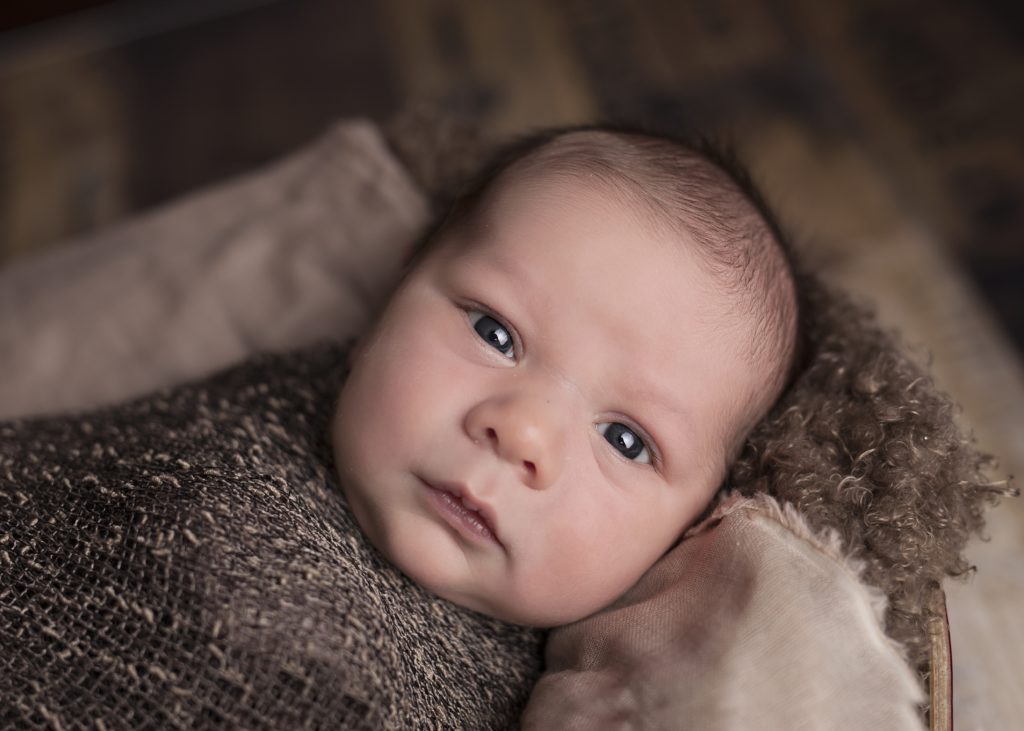Every child is different and every child develops at his/her own pace. Development is also dependent upon cultural expectations and family experiences. Autism is a developmental disorder and children may show early signs, during their first two years, or the signs may become apparent later in their development.

What is important to remember is every child is unique and there are resources to assist families to navigate the journey. If a child is presenting with some early signs of autism this may be evident in their delayed development they may also have a possible learning disability such as an Intellectual Disability or ADHD .
Signs of Autism in Toddlers
The following information may assist if you have, or if anyone you know has raised concerns about some signs of autism in your toddler. Two observable areas for consideration are; Communication and interaction; Repetitive behaviours, interests and environmental responses. If a number of these indicators exist, you may wish to gain a formal assessment to gain strategies to support your child’s development.
Communication and Interaction
Some spoken language observations
- Language is less than expected, by the age of 2 years there should be a vocab greater than 10 words
- Regression in or complete loss of previous speech
If spoken language is present as:
- Non-speech like vocalisations eg. sha baba, whoya
- Odd or flat intonation eg. speech is robotic or words run into each other
- Frequent repetition of set words and phrases in response to what is heard, this is referred to as ‘echolalia’ eg. ‘Get the book’- response from the child will be to say ‘get the book’ but no action will be taken to get the book.
- Use of single word utterances although able to speak in sentences eg. Milk instead of “I want a drink of milk.”
Responses to communication with others (adults, children known or unknown)
- No acknowledgement of, or a delayed response to name being called, despite the absence of a hearing problem
- Limited or no response to social smiling
- Limited or no response to other people’s facial expressions
- Rejection of touch or cuddles initiated by parent or carer
Interactions with others
- Limited or no awareness of personal space, or intolerant of people entering their personal space
- Limited or no social interest in others, including children of his/her own age – may reject others; if interested in others, may approach others inappropriately, seeming to be aggressive or disruptive
- Limited or no imitation of others actions
- Limited or no initiation of social play with others or plays alone
- Limited or no enjoyment of situations that most children like eg. nursery rhymes, surprises, birthday parties, turn taking interactions with others
Repetitive behaviours, interests and environmental responses
Eye contact, gestures
- Limited or no use of gestures and facial expressions to communicate
- Limited or no social use of eye contact assuming adequate vision
- Lack of gaze movement from person to person or object to person
- Inability to follow a finger to a destination or an object of interest
Ideas and imagination
- Limited or no imagery play eg. doesn’t engage in dress-ups, imitate a superhero or engage in a pretend tea party with toys and adults or other children
- Repetitive behaviours, interests and environmental responses eg. trains, dinosaurs
- Repetitive ‘stereotypical’ movements such as hand flapping, body rocking while standing, spinning, finger flicking
- Repetitive or stereotyped play, eg needing to clap three times before taking a drink
- Single minded or unusual narrow interests
- Inability to manage change or new situations, insistence on things being ‘the same’
- Over or under reaction to sensory stimuli, for example textures, sounds, smells
- Excessive reaction to taste, smell, texture or appearance of food or extreme food fads
If the early signs of autism are emerging or present in your child, it is important to remember that your child is unique and development will occur for them at their pace. If after reading this, you or the teacher have concerns you may wish to seek further information such as our ASD planning flowchart or our article on Diagnosing ASD .